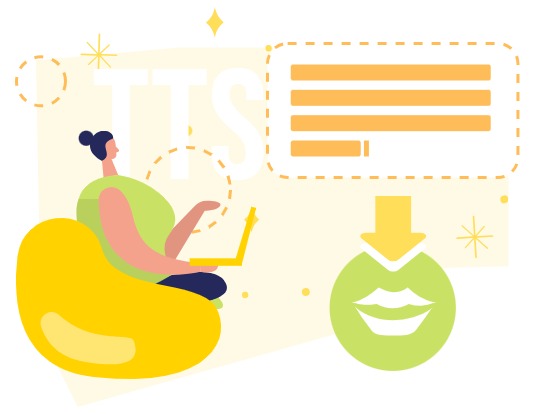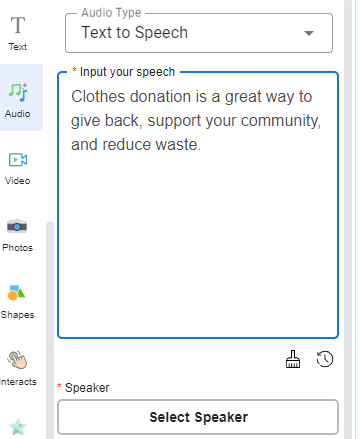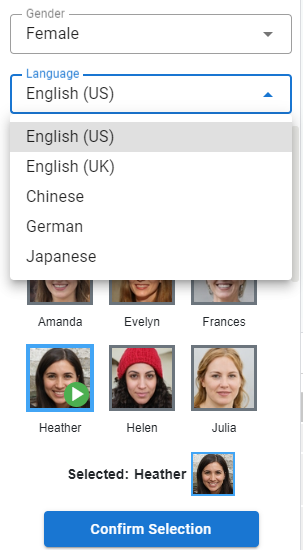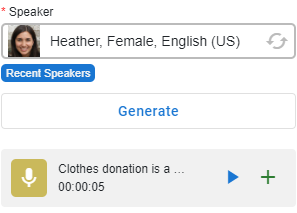Use Text to Speech to Generate Narration to Video

In a video, there is usually narration to guide the audience or sound for the characters when they are engaged in dialogues. Beyond the diverse narrations offered by professional voiceover artists, an alternative avenue has emerged with the power of Text to Speech (TTS) technology. This article will walk you through the incredible capabilities of Text to Speech in VP Animated Explainer, showcasing how it transforms written text into dynamic, lifelike narration for your videos.
What is Text to Speech (TTS) Technology
Text to Speech (TTS) technology, also known as speech synthesis, is a transformative digital innovation that converts written text into spoken language. This cutting-edge technology utilizes complex algorithms to analyze and process text, rendering it into natural and expressive audio.
TTS is designed to mimic the cadence, tone, and inflection of human speech, producing lifelike narrations that can be applied in various applications, from accessibility tools for the visually impaired to voice assistants and automated customer service interactions. TTS technology is not only efficient but also opens up a world of possibilities in content creation, making it a versatile and indispensable tool in today’s digital landscape.
Use Text to Speech to Generate Narration to Video
In VP Animated Explainer, select text to Speech under Audio Type. Then input your speech to the text box below. Then click Select Speaker.

You are able to select speaker in different gender and languages. Click the play button on the speaker can preview their tone and voice. After that, click Confirm Selection button.

Press the Generate button to generate narration from your script. When finish, you can press the play button in the generated narration to preview it, and press the add button to add it to your video timeline.

Right click the audio on timeline and adjust it if needed.

5 Benefits of using Text to Speech Technology in our Works

Text to Speech technology is becoming increasingly prevalent in various fields. Let’s dive into the advantages of embracing this technology and why it’s gaining popularity:
- Efficiency: Text to Speech technology is a time-saving marvel. By automating the conversion of written text into spoken content, it relieves creators of the arduous task of recording audio manually. This efficiency allows content producers to focus on the quality of their scripts and ideas, rather than the logistics of vocal delivery.
- Consistency: Consistency is key in branding and messaging. With Text to Speech, you can maintain a uniform vocal tone and style across a wide range of content. Whether it’s e-learning modules, marketing materials, or customer support responses, this technology ensures that your brand’s voice remains steady and easily recognizable.
- Accessibility: Text to Speech is a champion of accessibility. It democratizes content by offering spoken versions of text, making it inclusive for a broader audience. This feature is a game-changer for individuals with visual impairments, ensuring that they can access and enjoy written content through audio narration.
- Customization: Text to Speech technology offers a high degree of customization. Users can select from a variety of voices and adjust parameters like pitch, speed, and intonation to tailor the vocal style to the specific needs and preferences of their audience. This level of customization ensures that the spoken content aligns perfectly with the intended message and the brand’s personality, adding a unique touch to the narration.
- Scalability: As your content needs expand, Text to Speech grows with you. This technology is particularly well-suited for projects with substantial audio demands, such as e-learning platforms and audiobooks. It provides the scalability required to produce large volumes of audio content with ease, without compromising on quality or delivery speed.

